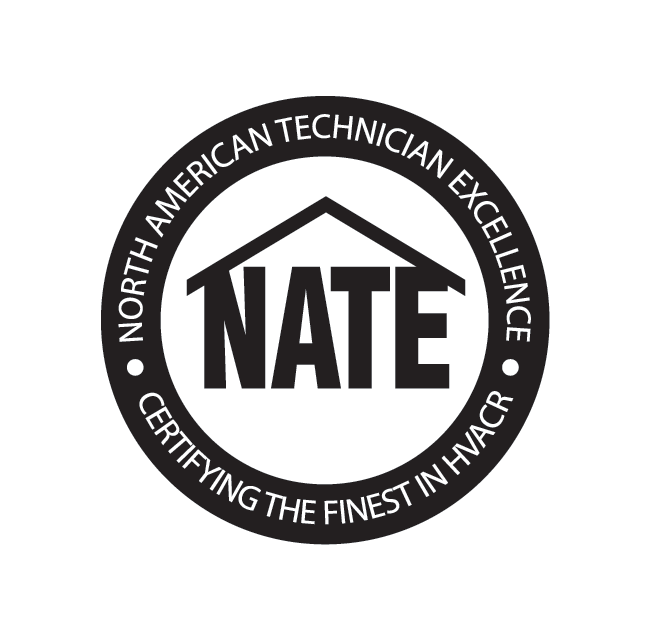Indoor air quality, also known as IAQ, continues to gain attention as more people seek to stay healthy throughout the winter. Despite fewer naturally occurring contaminants in the winter, indoor air quality tends to worsen, causing more problems. Discover how humidity affects IAQ, the ideal humidity level, signs of high and low humidity, and how to effectively control it throughout the cold months.
Understanding Humidity and Winter
Humidity is simply the amount of moisture in the air and has both an absolute and relative measure. Relative humidity is the most commonly referenced measure and is the amount of moisture in the air compared to what it can hold at a given temperature. The warmer the air is, the more moisture it will hold. The colder weather around Hudson leads to less absolute moisture in the air, regardless of the number reflected in the relative measure.
Humidity’s Role in IAQ
Humidity plays an important role in controlling your home’s indoor air quality. There’s the obvious issue of too much humidity adding contaminates to the air, such as various types of spores. However, it goes beyond that, and it’s critical for controlling the contaminants already floating throughout the year.
Moisture is one of the primary things that weighs airborne contaminants down. When the humidity is high enough, it’ll weigh the contaminants down, causing them to fall from the air. However, when it gets too low, it’ll allow those particles to stay airborne longer. This is why it’s important to maintain the proper humidity level, not too high or too low.
Ideal Humidity
According to the Environmental Protection Agency, the ideal indoor humidity is between 30% and 50% relative. Over the winter, not only do contaminants stay airborne longer, but the circulating air can pick them up and circulate them around your home.
Signs of High Humidity
One of the first signs of high humidity you’ll notice is moist and clammy feeling air. Over the winter, you may also see condensation on the inside of your windows. This happens because the humidity in the air inside is more than the window’s temperature can support, causing the moisture to condense like on the side of a cold glass of water.
There are several other signs you may notice that indicate excess humidity. These include:
- Musty smell
- Swollen wood around your home
- Stronger allergic reactions
- Peeling paint on your walls or ceilings
- Moist feeling on furniture and carpets
Signs of Low Humidity
Around your home, you may notice increased electrostatic discharge when you touch door handles, metal sink knobs, or other conducting metals. You may also notice damage to your furniture, especially when it’s made from wood. It may contract as the moisture evaporates into the air, causing cracking and even warping of some wood if left long enough.
You may also notice several indications with the health of those living in your home. The first is repetitious bloody noses. You may also notice that people in your home are more susceptible to illnesses due to dried-out nasal passages. You may constantly feel dehydrated and thirsty. Finally, low humidity makes you feel colder because it evaporates the moisture from your skin, making it transfer heat. It also makes your skin drier and more likely to crack.
Humidity Control Options
There are several options to help raise it to the proper level if it’s too low, which is the common experience of people living in cooler winter climates. You can set up vaporizers or room humidifiers in various rooms throughout your home. However, this leaves your home’s humidity inconsistent, too high in some places, while too dry in others.
The other option is adding a whole-house humidifier as part of your HVAC system. For homes with excessive humidity, there are also whole-house dehumidifiers that attach to your system. The key is to have a system with a built-in hygrometer to automatically control the humidity level.
Bernard Heating & Cooling has been the go-to indoor comfort provider for people around Hudson for more than 30 years. Our NATE-certified technicians provide indoor air quality solutions in addition to heating and air conditioning installation, maintenance, and repair. Call to schedule your indoor air quality consultation today.



